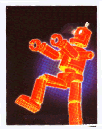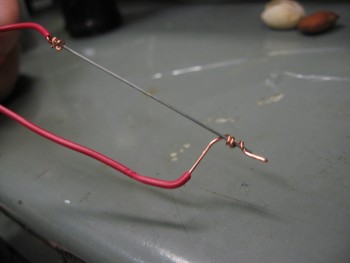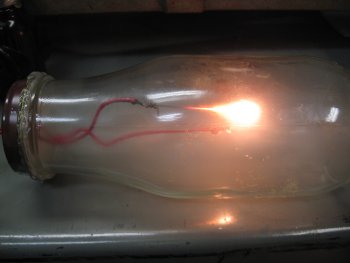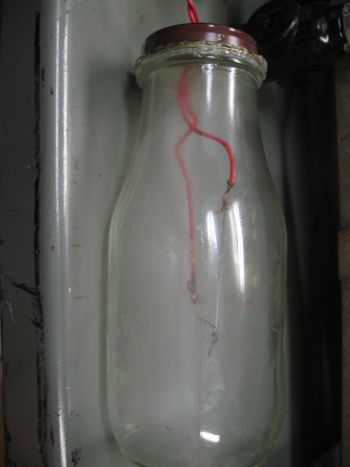
Despite still being in the dregs of the solar cycle the aurora occasionally really activates, and it's doing so right now. While it's daytime here in North America, the aurora is detectable by the way it distorts radio signals, producing a warbling effect on ionospherically bounced waves. The enhanced ionization also provides the ability to bounce much higher frequency radio signals than is usual, although everything is still subject to that pesky warbling.
Current observed aurora here via a NOAA satellite--it takes some time to refresh in orbit.
Spaceweather.com will have updates at some point soon; they are usually on the ball with sightings of neat events.
See the aurora forecast at UAF; which is useful, although long-term forecasts are always tough.
This alert was brought to my attention by the DXrobot, which monitors radio amateur's contacts for notes about unusual VHF radio conditions. Click here for the arcane info.
P.S. It would seem unlikely for this to be an "event" for Chicago city folk--the moon is out, light pollution is as bad as ever, clouds are coming in, and sometimes these events are short-lived.


